4 Types of Moss for Your DIY Terrarium
Moss terrariums are the best alternative to potted houseplants, especially if you want to spend less time and effort caring for your plants. With moss terrariums, you can create a vibrant miniature landscape that resembles your yards and add vibrancy to your space.
But what varieties of moss can you use to make your DIY moss terrarium?
Pillow, mood, java, and feather moss are the most common types of moss for terrariums. You can make your own moss terrarium in just a few steps. After successful planting, place the terrarium under indirect sunlight and watch the moss thrive with minimal care.
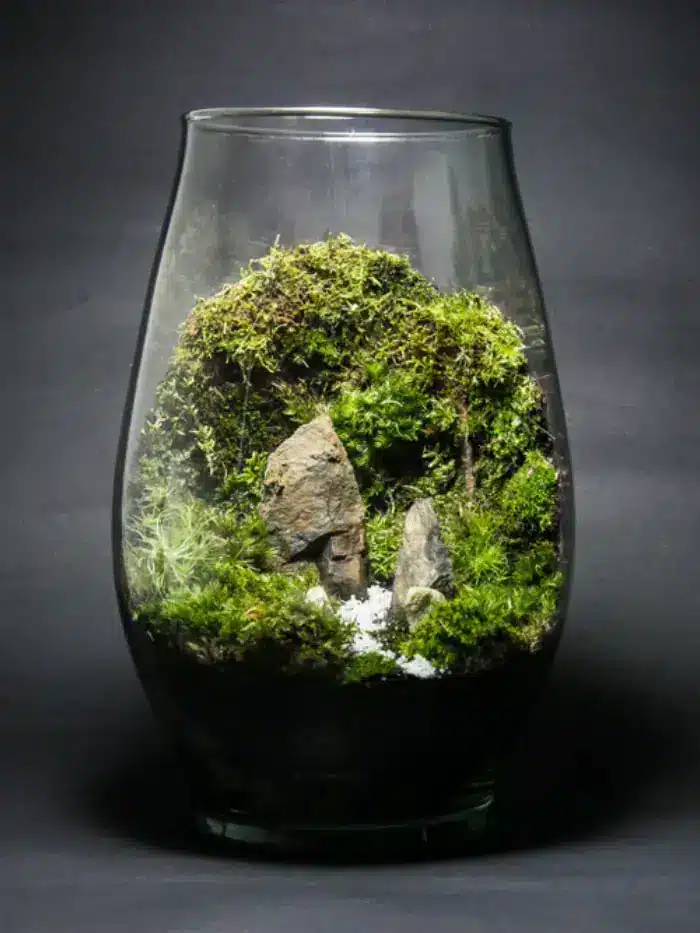
Types of moss for terrarium
Over 15,000 moss species exist, according to the University of Maryland extension, but only a handful are fit for terrariums.
Here are the most common moss species to select for your miniature landscape:
1. Pillow moss (Leucobryum glaucum)
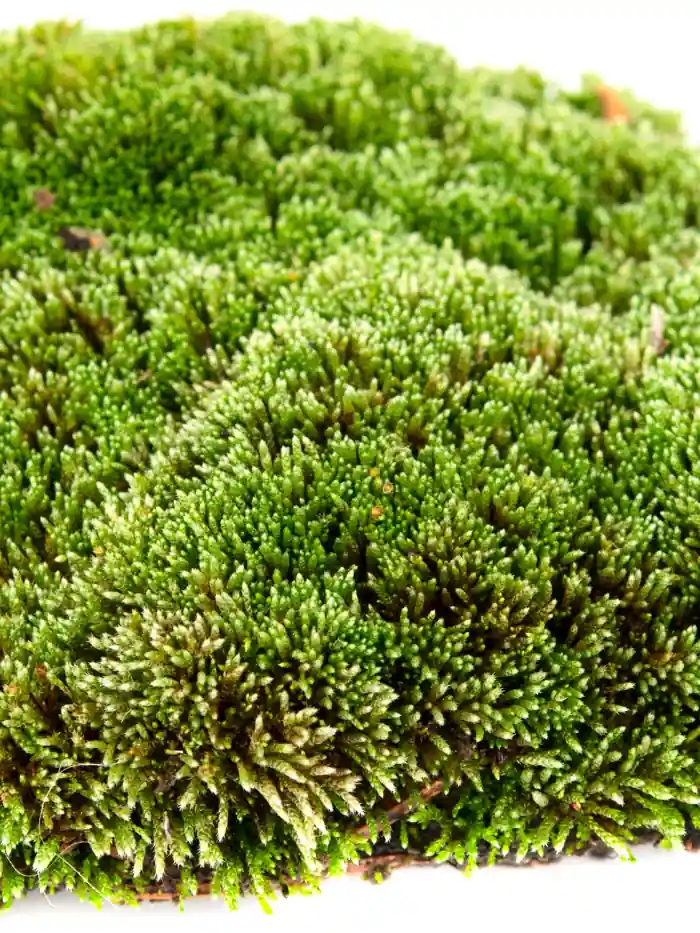
Also called pin cushion or cushion moss, the pincushion grows in clumps, spreading up to 20 cm. The long and narrow curl at the tips and appear green to grayish-white.
The pillow moss is perfect for closed terrariums since it loves high humidity. It prefers temperatures between 65oF to 80oF, medium-light, and damp soil.
2. Mood moss (Dicranum Scoparium)
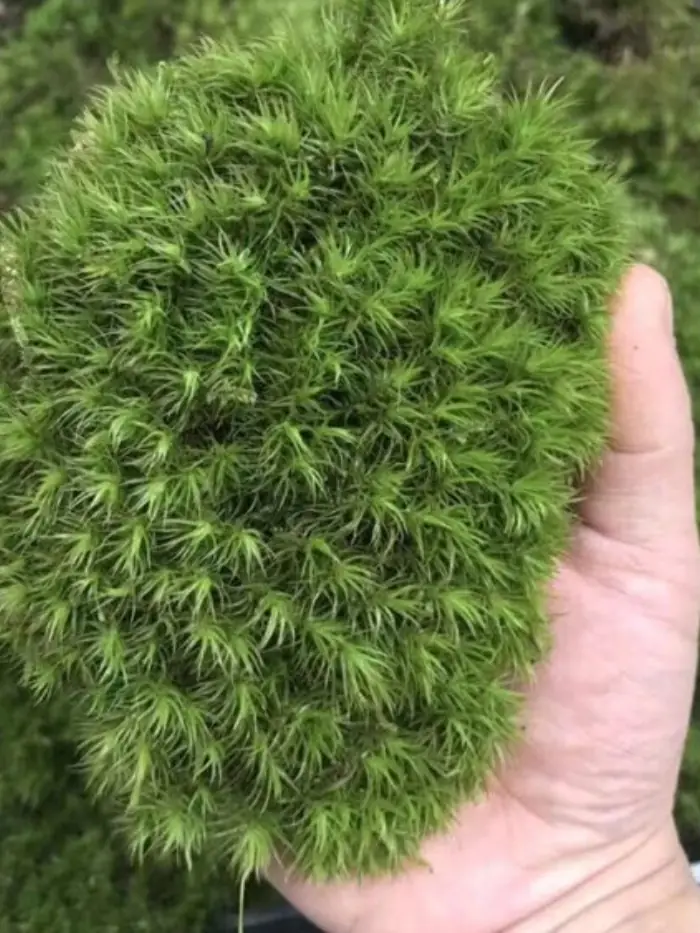
Mood moss leaves are dense clumps and resemble wind-swept plains. Mood moss looks best when saturated. It thrives in high humidity and medium light and can go for several months without watering, making it another perfect choice for closed terrariums.
3. Java moss (Taxiphyllum barbieri)
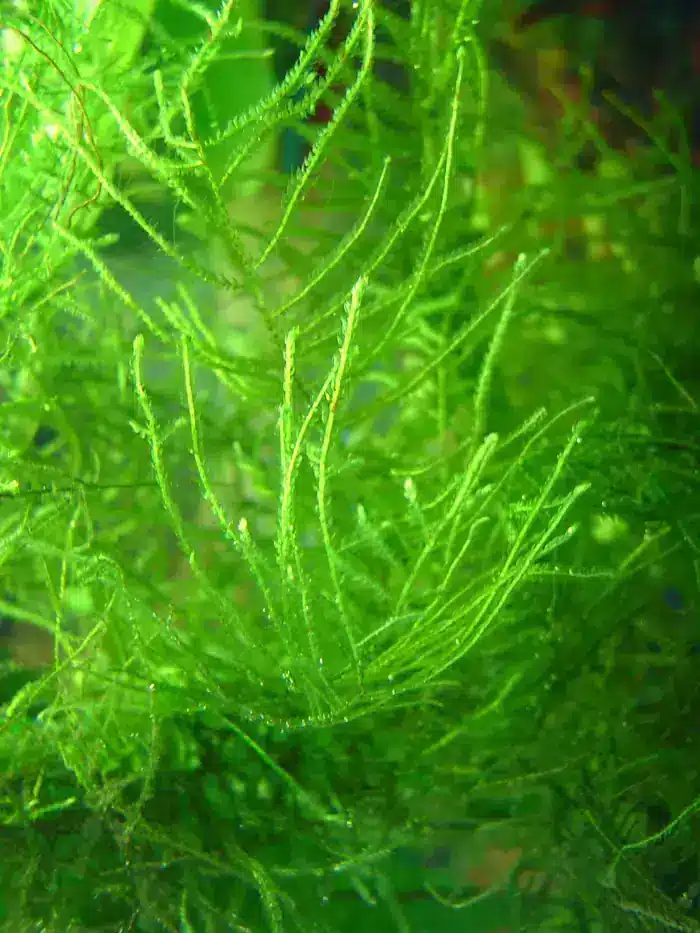
Java moss is the most popular moss for terrariums because of its adaptive nature. It can grow on rocks, wood, soil, glass, or plastic if humidity remains high.
4. Feather moss (Hypnum imponens)
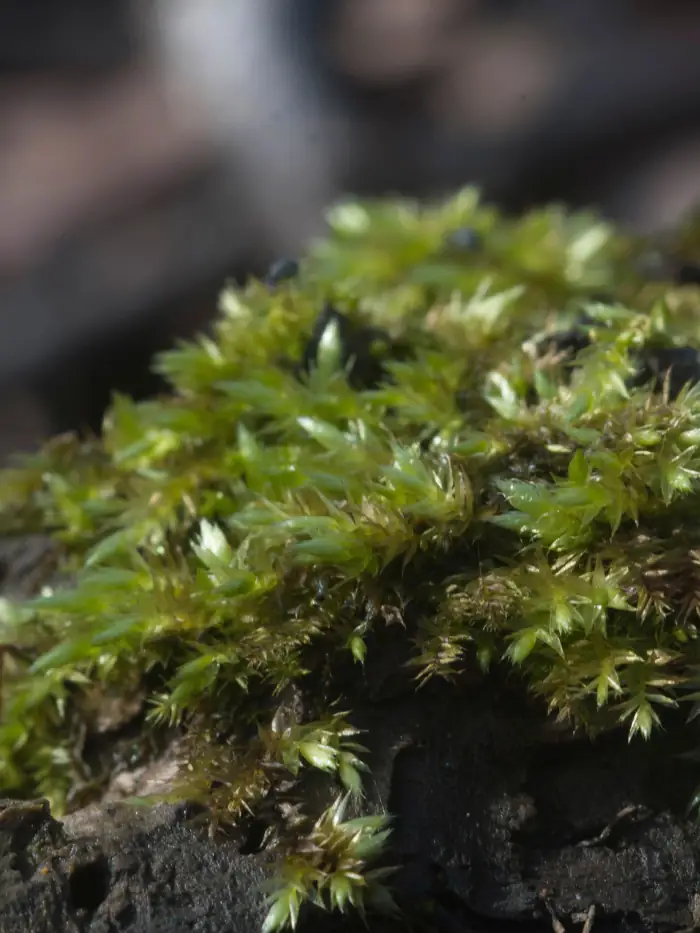
Feather moss is thick and mat-forming and is best used as a carpet in the landscape. It thrives in high humidity and medium to low light but suffers in direct sunlight. However, the feather moss is vulnerable to root rot when overwatered.
Can I use moss from the yard in a terrarium?
Apart from pre-packaged moss, you can also use moss from the yard for your terrarium. You only need to know the growth conditions of the moss you’re collecting to replicate the same in the terrarium so that it thrives.
Moss often grows under shades of trees, on rocks, fallen logs, and along the bricks of garden pavement.
Here’s how you can quickly harvest moss from the yard:
Identify the moss you want to harvest using a magnifying hand lens to reveal its stems and leaves. Note its growing conditions so you can provide the same to make the moss thrive in the terrarium.
Grab the moss from the edges and gently pull it from the growing surface. Alternatively, sip in a flat garden trowel or knife below the moss, between it and the ever-increasing surface, and push the knife or trowel inside and pull the moss.
Place the harvested moss inside a container, bucket, or box and take it home.
How to make a moss terrarium
Making a moss terrarium is straightforward just like making a succulent terrarium. Once you get the growth conditions right and use suitable pots and growing media. Here is a detailed guide on how to make a moss terrarium.
1. Select a transparent container
Terrariums are miniature landscapes where plants grow in open, closed, or dish containers. A suitable container is clear and transparent. I recommend a glass or plastic container that’s see-through.
Tinted or colored containers can block light from reaching the plants, especially in a closed terrarium, thus not ideal.
You can buy a container or reuse one from your home. Cookie jars, jugs, used fish bowls, glass jars, and candy glass containers are excellent choices. Choose container shapes matching your decor if you want to be a little extra.
Clean the jar with soapy water to remove dirt and fungi to keep the moss alive longer. Air the container to dry it.
2. Select the moss that you like
Numerous species of moss perform well in terrariums. Depending on your desired aesthetics, you must choose a moss that fits. For example, feather moss is an excellent choice for a naturally flat landscape with a green cover.
3. Get a growing medium rich in organic matter
Terrarium soil should be well-draining and rich in organic matter. A potting mix contains peat moss, perlite, and vermiculite. You can buy potting soil from nurseries or garden centers.
4. Add drainage materials and potting soil into the container
Since terrariums need a well-draining potting mix, add drainage materials before potting soil. Pebbles, activated charcoal, marble chips, and gravel are potential drainage materials. Activated charcoal absorbs odor and prevents chemicals from the plants from escaping.
Add ½ inch layer of pebbles, gravel, or marble chips into the jar, then another ½ inch of charcoal. Next, add about 11/2 inch of moist potting mix into the pot.
5. Add the moss to the jar
Remove dirt from the moss you had collected from the farm to expose their rhizoids. The moss should be disease-free. Add it into the soil, ensuring it doesn’t touch the sides of the container to prevent their leaves from collecting water and decaying.
Drop the moss using long chopsticks into long or deep jars.
6. Mist with water
Level the growing soil with the cork and mist the newly planted moss. Wash off the dirt from the leaves and sides of the container. For a closed terrarium, leave the jar open, mist the following day, and let the leaves dry.
Cover the jar with the lid and place it under low to medium, indirect light.
Observe the terrarium for yellowing leaves or fungus diseases in the next few weeks. Cut yellowing leaves, and open the lid to remove excess moisture to avoid soaking the jar.
How to keep moss alive in a terrarium
Moss remains alive in closed jars as much as there are optimal growth conditions, and no pest or fungi was introduced into the container during planting. The four best ways to keep the moss alive in a terrarium include:
Use a clean jar
Fungi and pests can kill moss in the terrarium. When planting, wash and dry the jar to avoid introducing insects into the terrarium. Also, only add clean substrate or potting mix with no pests or fungi and sterilize the equipment often.
Mist to keep the container humid
Moss prefers humid, damp places to thrive. Under low humidity, the leaves turn brown and feel crispy. To keep the moss alive and thriving, maintain high humidity in the jar by occasionally misting it to increase air moisture.
Observe the jar walls to know when the moss needs help
Moss gets stressed by overwatering and underwatering. A moss terrarium with enough water has water droplets on the jar walls. If the jar appears soaked, open the lid to remove excess moisture. If there are no droplets, mist the moss lightly, moistening the soil.
Avoid direct sunlight
Moss prefers low to medium indirect sunlight to thrive. Due to the high evaporation rate, their leaves turn brown and crispy in direct sunlight.
Place the moss in a spot with at least six hours of indirect sunlight to keep it alive.
Does a moss terrarium need a lid?
A closed jar with a well-fitting lid is the most suitable for a moss terrarium. Closed terrariums have high humidity, which moss love.
The moss loses water and leaves droplets on the jar walls, which drop back into the soil. The water absorption and transpiration cycle keeps the closed terrarium humid throughout. If you have other humid-loving add them to the moss terrarium, too.
Care tips for a moss terrarium
Moss terrariums need to be looked after, although less frequently than potted and outdoor plants. The moss can turn brown, dry up or stop growing if not well maintained. Here are the best ways to care for the moss terrarium.
Water when the soil is dry
Closed terrariums don’t need frequent watering. The moss will need water after 4 to 6 months. The soil is dry if no water droplets form on the container walls. Mist spritz of water on the moss when dry.
If the container is too soaked, open the lid to let the excess water evaporate and seal the cover again.
Put the jar in a spot with indirect, medium light.
Terrariums perform well in spots with indirect sunlight since they need medium light. Areas with direct sunlight, such as the south-facing windows, are unsuitable; they dry out water quickly and turn moss leaves brown and crispy.
Place the moss terrarium near free east and west-facing windows for indirect light.
Don’t fertilize
While other plants often need fertilizing to be healthy, moss requires no chemicals or fertilizers, as Arizona state university reports. Avoid fertilizing moss in terrariums.
Prune back shabby leaves
Moss can stay for a long time without pruning. However, some leaves can start to look shabby or overgrow from the others. Prune back messy, too-long, stringy leaves to encourage new, fuller growth.
Remove mold
Mold can grow on closed terrariums due to overwatering. They are whitish and resemble cotton. If you notice them on your moss, wipe them gently to remove them.
Alternatively, cut out the part of the moss with the mold using a knife or scissors and replace that chunk with fresh moss if the mold is challenging to wipe.
How long does a Moss terrarium last?
A moss terrarium can last from a few months to several years, provided favorable growth conditions exist in the terrarium.
Most moss thrives in humid and low to medium light. The terrarium will last longer if you maintain air moisture at 70-80% and place the jar in a spot with low to medium indirect light.
Conclusion
Moss is an excellent choice for closed terrariums since they love the high humidity in the sealed jar. Besides planting moss alone in a sealed pot, you can add tropical, humid-loving plants that blend with it.
When well cared for, moss will create that beautiful miniature landscape you desire in your home.


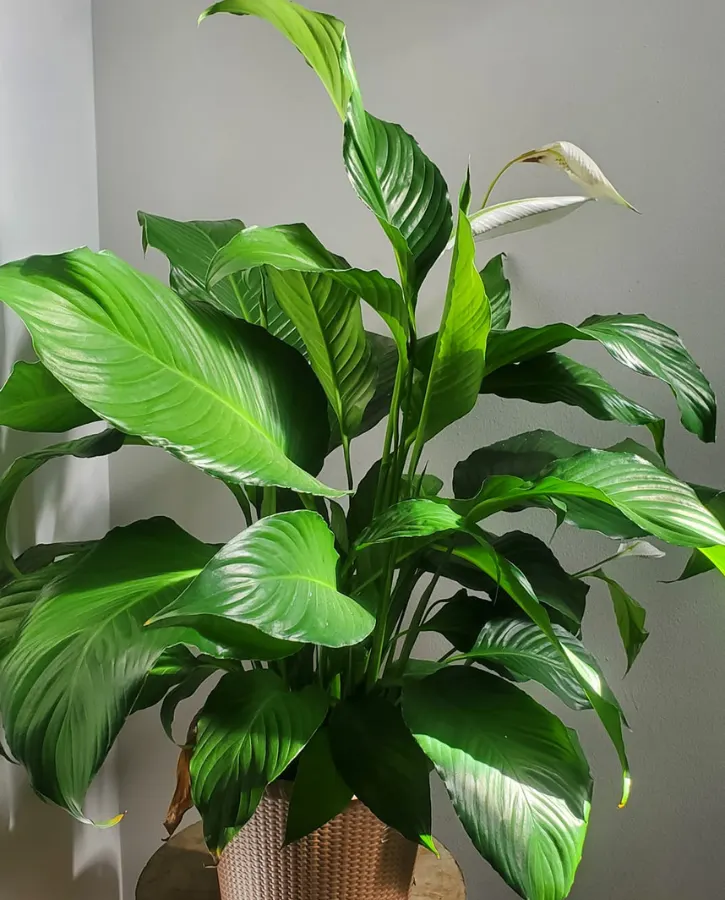
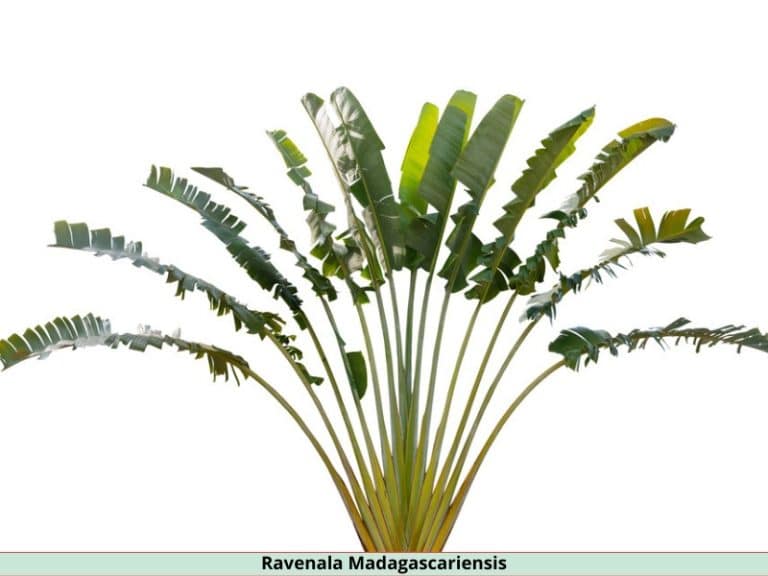
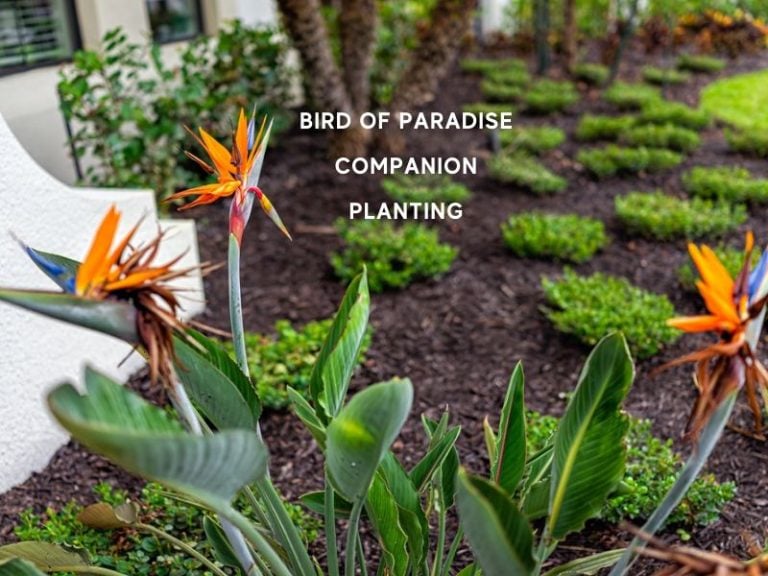
![Pothos vs. Philodendron: Differences [Pictures + Identification]](https://gardenine.com/wp-content/uploads/2020/12/Pothos-vs-Philodendron-leaf-shape-and-texture-768x576.jpg)